New Therapy for Coffee Leaf Rust in Ethiopia Coffee prices in Ethiopia
Professional coffee knowledge exchange more coffee bean information please follow the coffee workshop (Wechat official account cafe_style)
It is well known that coffee leaf rust is caused by fungus Hemileia Vastatrix. The common symptom of this disease is yellow spots on the surface of the leaves, then expand into bright orange to red spots, and finally turn brown; there are orange powdery lesions on the lower surface of the leaves, which is a pile of rust spores. The infected leaves drooped and gradually fell off. On the other hand, the productivity and quality of infected coffee plants will also decline.
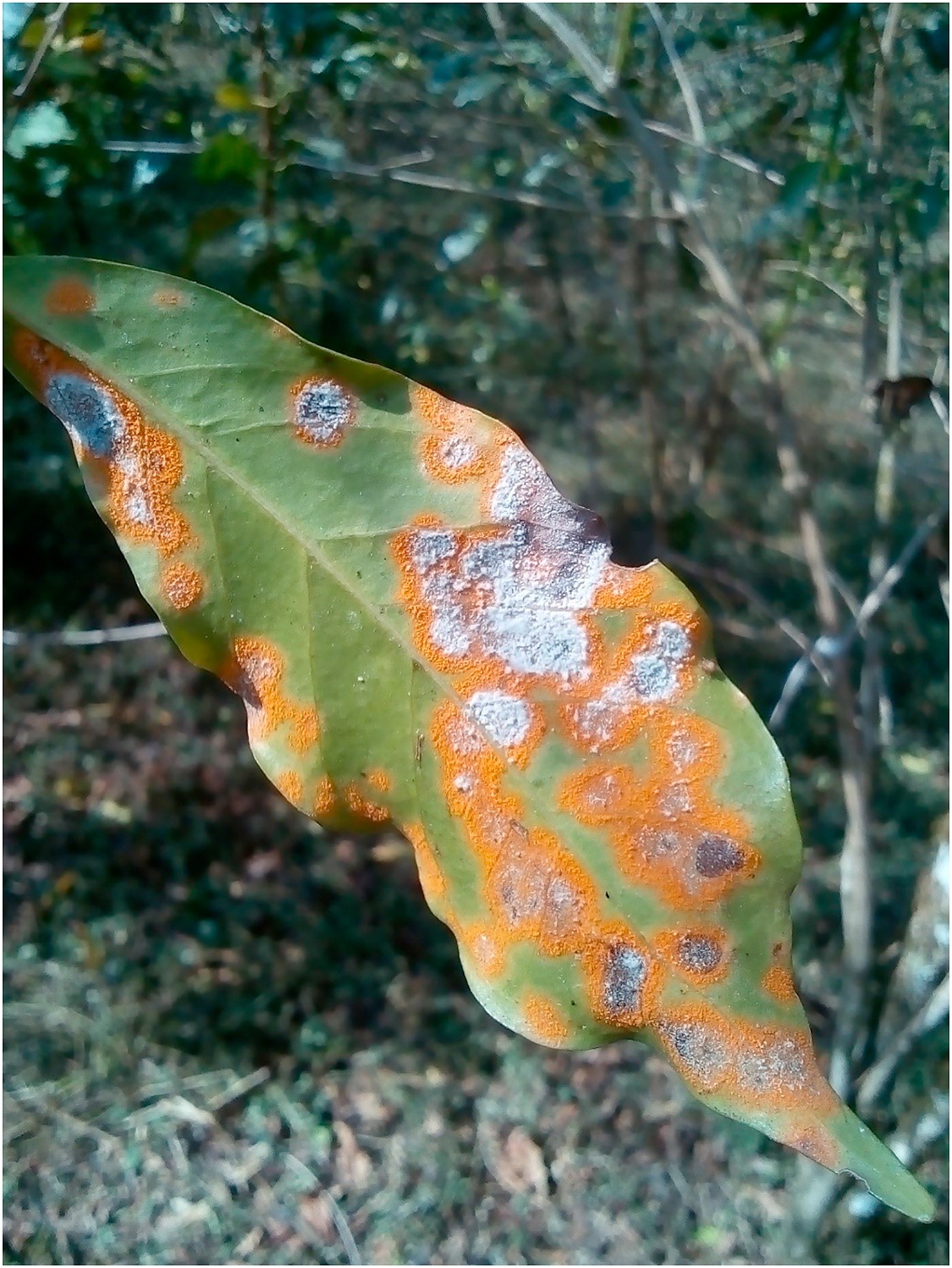
Planting coffee trees in shady places can provide a favorable environment for hosts that can effectively control fungal leaf rust (L. lecanii), said Beyene Zewdie, an expert at Stockholm University. "Shading also creates a favorable environment for parasites carrying this fungus (L. lecanii), and we need to maximize this potential."
But a study in Ethiopia suggests that a creature growing on leaves infected with leaf rust may be the key to farmers fighting the disease. Beyene Zewdie, a researcher on the study, said: "Leaf rust is a global challenge to coffee production. Coffee production has been reduced by 30% because of the disease. "
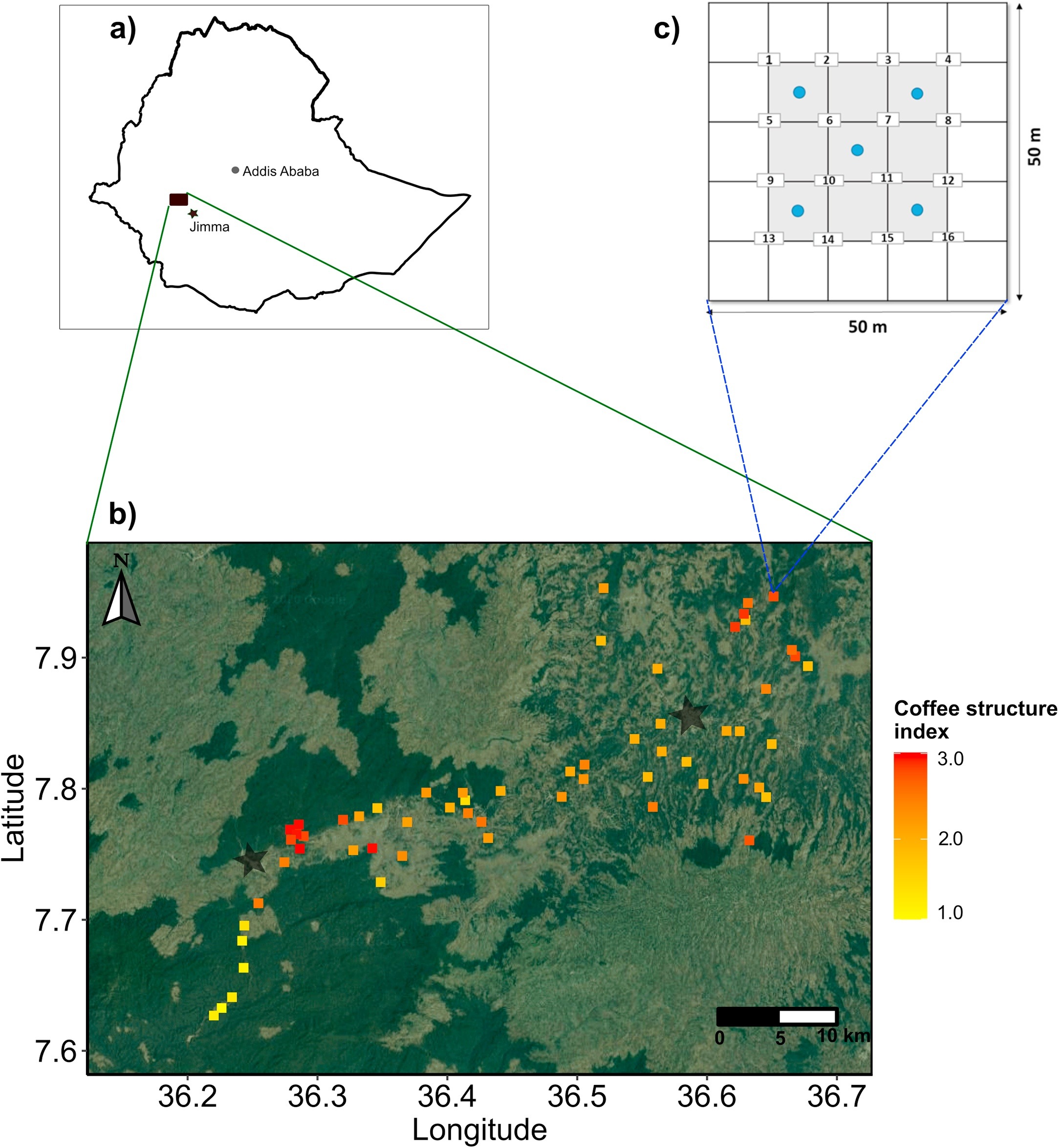
In a study published in Agriculture, Ecosystems andEnvironment on May 1st, researchers observed two strains of bacteria in southwestern Ethiopia between 2017 and 2019: the rust that causes leaf rust and the strain that attacks rust, called Lecanicillium Lecanii.
The researchers found that coffee leaf rust was more serious during the dry season, while insect pests were more severe during the rainy season in two of those three years. With the increase of the intensity of management of coffee plants, the incidence of leaf rust also increased, while the intensity of management decreased, parasites were more common. And there are slight differences in environmental preferences between coffee leaf rust and insect pests: leaf rust prefers dry environments, while parasites prefer humid and cool environments.
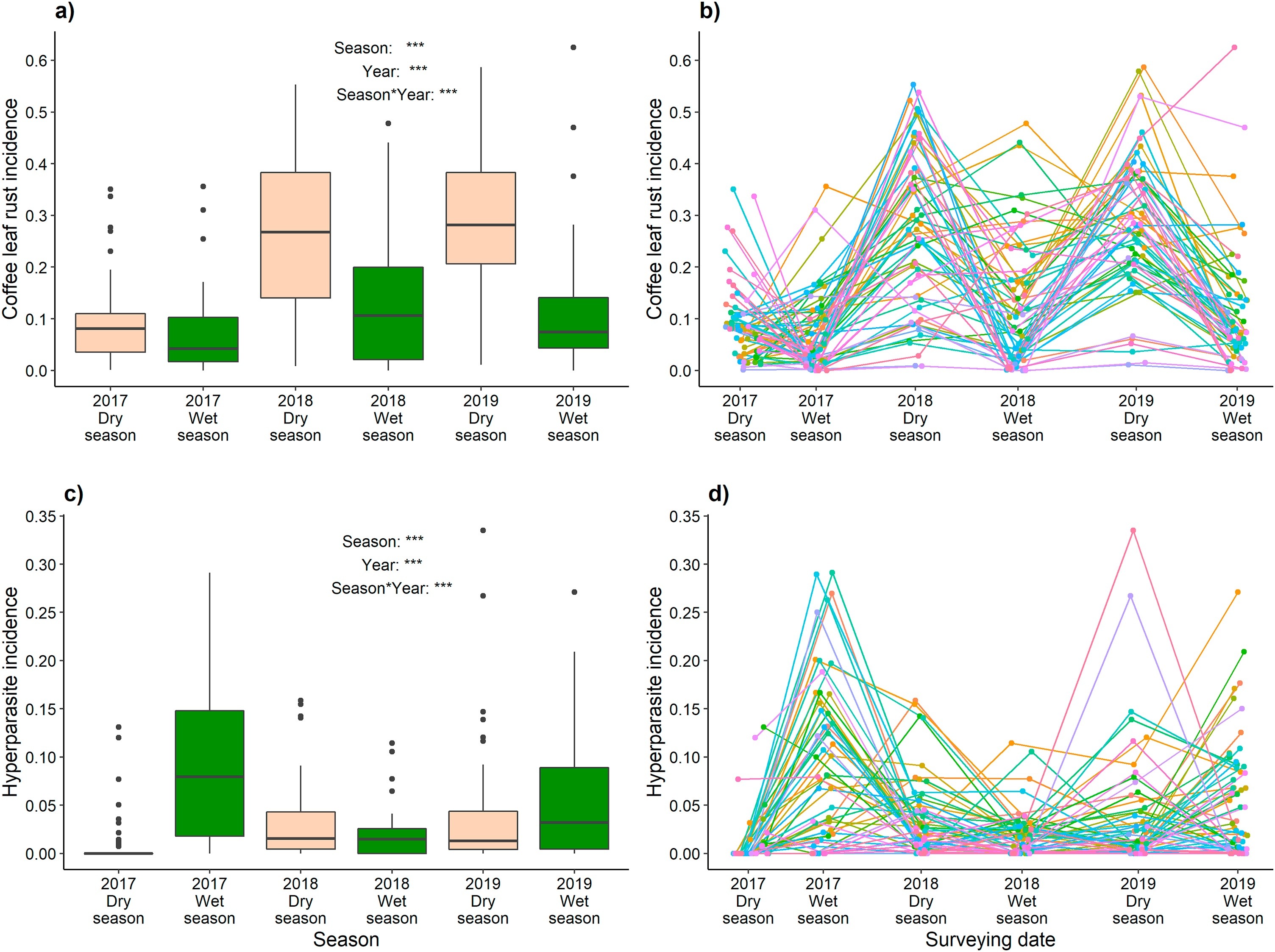
This study revealed the relationship between leaf rust fungi and parasites and had a positive impact on the treatment of coffee leaf rust and pests.
The survey in Ethiopia found that local farmers did not pay attention to coffee leaf rust because although the leaves of infected plants would fall off, the leaves would grow back in the next rainy season. The researchers warned that the loss of leaves had a negative impact on plant growth and said shading could help reduce the damage. Coffee crops need to grow in a microclimate in the shade. Shading provides a favorable growth environment for parasites with leaf rust resistant fungi (L. lecanii). We need to make the best use of this to make the two organisms symbiosis to curb coffee leaf rust.
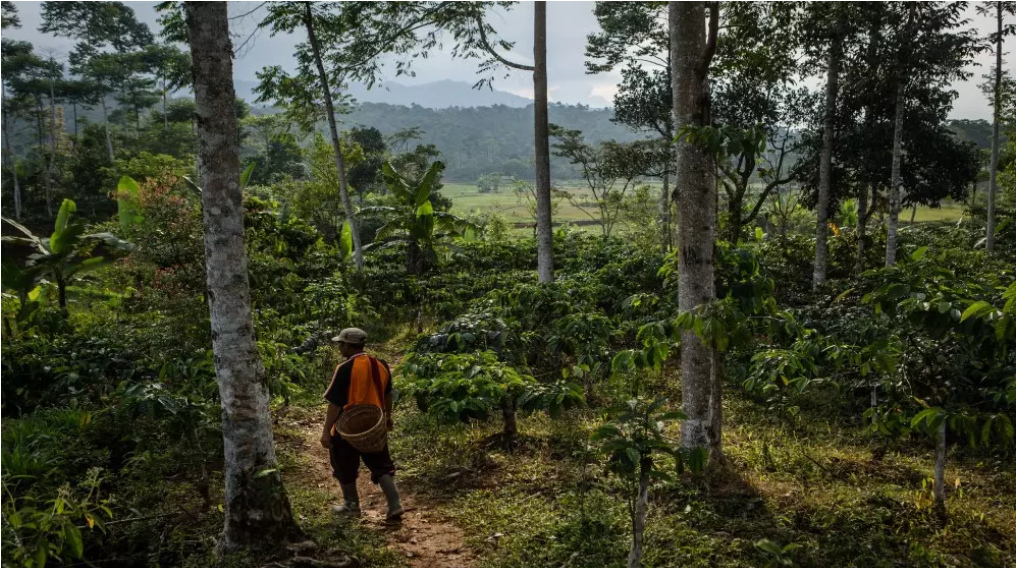
Bernard Mukiri Gichimu, a senior lecturer in the department of agricultural resource management at Embu University in Kenya, said the findings were important for farmers. With the global climate change, coffee leaf rust will become more destructive, and parasites with leaf rust resistant fungi (L. lecanii) make a special contribution to the discovery of coffee leaf rust control. After all, biological control is better than the use of fungicides, which are unsafe and pollute the environment for consumers.
For more boutique coffee beans, please add private Qianjie coffee on Wechat. WeChat account: kaixinguoguo0925
Important Notice :
前街咖啡 FrontStreet Coffee has moved to new addredd:
FrontStreet Coffee Address: 315,Donghua East Road,GuangZhou
Tel:020 38364473
- Prev
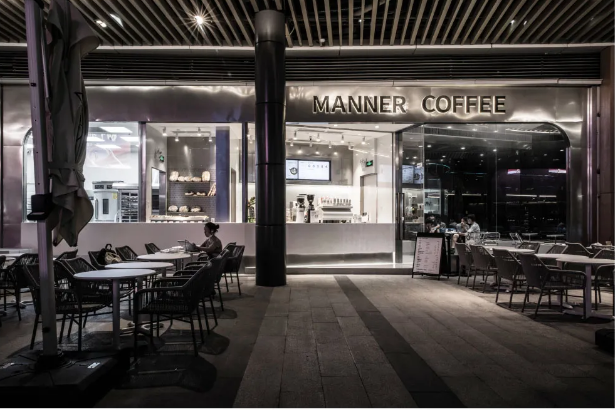
Exclusive investment! Coffee brand MANNER received hundreds of millions of dollars financing from Meituan Dianping Dragon Ball Capital.
MANNER, a boutique coffee brand, completed its first round of financing on March 4, 2021. Today, 36 Krypton, Interface News and other media reported that MANNER has recently completed a new round of financing of hundreds of millions of dollars. According to reports, the new round of hundreds of millions of dollars in financing for MANNER is exclusively invested by Meituan Dianping's Dragon Ball Capital, which may be used for store expansion and digital investment.
- Next

Domestic well-known coffee shop brand boutique coffee brand Seesaw Coffee creative latte
Seesaw, known as the first boutique coffee brand in China, continues to bring you new ideas. Seesaw Coffee's official Wechat account announced on May 18 that it has launched a limited "unearthed" joint package in conjunction with Sanxingdui Creative IP Sanxingdui Wizarding World. It is understood that the limited "unearthed" joint package includes "Tiger Tiger Shengwei" latte and "Bronze Beast Noodle" matcha cake.
Related
- The milk tea cup becomes smaller?! Overlord Tea Girl launches a new "Return to Yunnan" series
- Accused of selling counterfeit and high-priced coffee beans! Well-known boutique coffee brand "Oukelao" bowed and apologized!
- How to make espresso dumplings? Can I eat coffee and glutinous rice balls together?
- Save the unformed and stagnant powder cakes in one second! What is the problem with stagnant water in the powder bowl of the espresso machine?
- What does hand-brewed coffee stop mean? Why is it not recommended to make coffee by hand?
- Is it normal to smell like coffee? Why does coffee smell like alcohol? What's wrong with the strong smell of cold extract ice dripping ice brewed coffee?
- How to solve the problem that hand-brewed coffee extraction takes too long? Why is the water flowing so slowly when making coffee?
- The main points of making Australian white coffee, the proportion details, how does Australian white properly foam and blend the flowers?
- Can ice water make cold extract coffee? What is the difference between room temperature water and ice water for making cold coffee?
- What milk is best for making latte and white Dirty coffee? What is the difference between different brands of fresh milk and pure milk for making coffee?

